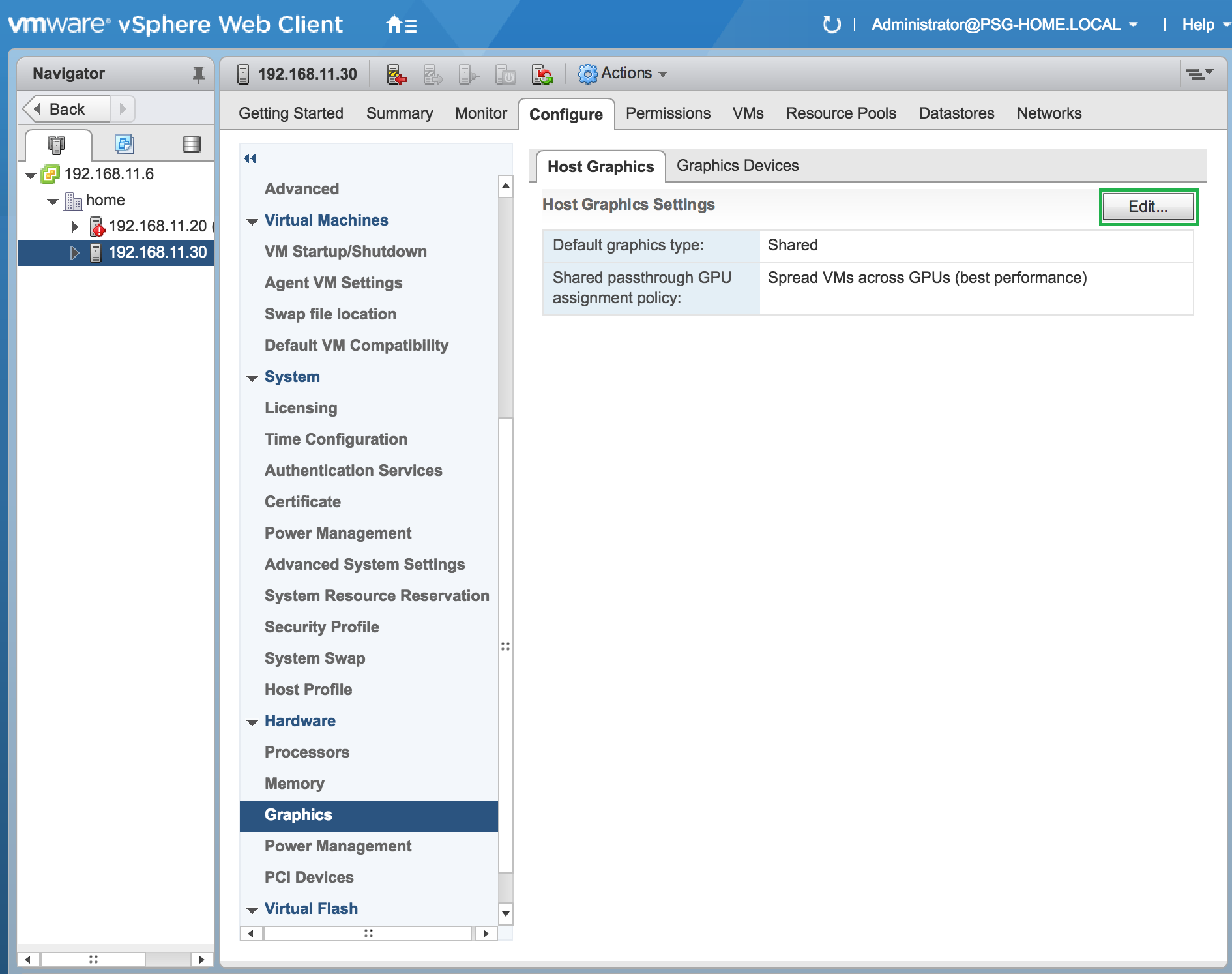
- #VMWARE VSPHERE 6.5 INSTALLATION GUIDE HOW TO#
- #VMWARE VSPHERE 6.5 INSTALLATION GUIDE INSTALL#
- #VMWARE VSPHERE 6.5 INSTALLATION GUIDE FOR ANDROID#
- #VMWARE VSPHERE 6.5 INSTALLATION GUIDE PRO#
Click Next to continue to the next step.Ģ.

The New Virtual Machine wizard is opened.ġ. Go to Hosts and Clusters in VMware vSphere Client, select the necessary ESXi host (10.10.10.74 in this case), click Actions and in the displayed menu, hit New Virtual Machine. In this example, the android-x86_ file is uploaded to the SSD2 datastore that is connected to the ESXi host whose IP address is 10.10.10.74.
#VMWARE VSPHERE 6.5 INSTALLATION GUIDE INSTALL#
Open VMware vSphere Client in a web browser, go to Storage, select a datastore connected to the ESXi host on which you plan to install the VMware Android VM, select the Files tab, and upload the installation ISO image to the selected datastore (click Upload Files and select the needed file). You can also see all available images for different architectures on the official web site of the Android project.ĭesigned for businesses of all sizes, NAKIVO Backup & Replication offers complete data protection for all of your production workloads, including VMware vSphere Backup, Hyper-V Backup, Microsoft 365 Backup and more. While the ARM and ARM64 architecture is used on most smartphones and tablets, the image applied in this example is ready for devices using the x86-64 architecture. In this example, we are using the 64-bit version of Android Oreo (the third release). Download the Android Installerįirst, download the Android installation image. If you need to install Android on VMware Workstation to use a VM on a personal computer, you can use the algorithm explained in this blog post since it is nearly the same for both VMware ESXi and VMware Workstation. You can create an Android VMware VM on a standalone ESXi host without vCenter.

#VMWARE VSPHERE 6.5 INSTALLATION GUIDE HOW TO#
You can read how to install ESXi, configure ESXi and deploy vCenter in our blog posts, including the blog post about VMware home lab. With just a few clicks, you can download the full-featured free trial of NAKIVO Backup & Replication to experience fast, reliable, and powerful data protection in your environment! Prepare Your EnvironmentĪndroid 8.1 and VMware ESXi 6.5 managed by vCenter 6.5 will be explored in today’s blog post. Today’s blog post explains how to install Android on VMware ESXi step by step with screenshots. The advantages of using an Android VMware VM include the possibility of creating snapshots and cloning a VM during the development or testing process.
#VMWARE VSPHERE 6.5 INSTALLATION GUIDE FOR ANDROID#
Once you install Android on VMware Workstation or ESXi, you will get all features available for Android installed on a smartphone. Fortunately, you can install Android on VMware Workstation, VMware Player, VMware ESXi, and VirtualBox. Most of the time, there is no practical reason to install Android on a physical computer, but there may be some cases when you need to run Android on a virtual machine (VM), for example, when developing applications for Android and testing them. You could try creating a VM and attempt to install ESXi 6.5 in it, but it may not get tricked at all considering the absence of EPT and earlier failure to install bare metal ESXi 6.5 and that you are running ESXi 6.0 and trying to install an ESXi 6.5 VM (not the other way around).By Michael Bose Installing Android on VMware ESXi: A How-To GuideĪndroid is a very popular and prolific operating system on mobile devices such as smartphones and tablets. And without EPT, I can imagine that it will also be very slow. For example, you can create a VM that is running ESXi 6.0 but you can only run 32-bit VMs inside that ESXi 6.0 VM. Without EPT, you can only run 32-bit guests in a nested virtualisation environment.
#VMWARE VSPHERE 6.5 INSTALLATION GUIDE PRO#
On the Workstation Pro 14.x/Fusion 10.x side, EPT is already a required feature from Intel CPUs to run.

But if ESXi 6.5 dropped software-based shadow paging and requires EPT, there would be no way to get around it. I haven't seen any VMware document that explicitly states EPT or Secondary Level Address Translation (SLAT) is required for ESXi 6.5. None of these CPUs would have a feature called Extended Page Table (EPT). Intel Xeon 72xx/73xx series - commonality that I see these CPUs are all before the Nehalem microarchitecture. Intel core 2 quad 6xxx series - Kentsfield


 0 kommentar(er)
0 kommentar(er)
